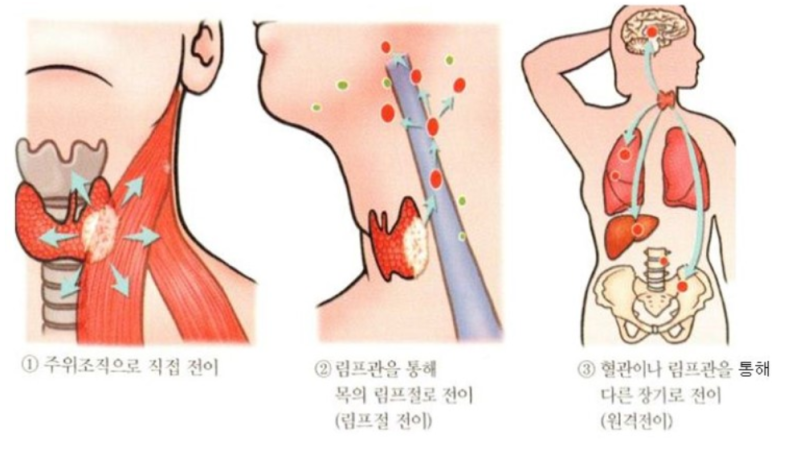The inguinal degeneration is a condition in which abdominal organs (bow, bladder, spleen, uterus, etc.) and abdominal fat are removed under the skin through the defective area due to a defect in the inguinal (crotch) abdominal wall. Deenteritis in the groin may occur due to congenital deformities of the inguinal ring, or may weaken the fascia and muscles of the groin due to trauma and aging. Pre-scale inguinal degeneration is known to be related to umbilical hernia, perineal H., and cryptochidism, and does not involve genetic causes.1. Paravoid degeneration 2. femoral degeneration 3. groin degeneration 4. abdominal degeneration 5. umbilical degeneration 6. scrotum degeneration 7. prehemorrhoid degeneration is not well known, and non-traumatic inguinal degeneration can occur regardless of neutralization. It can occur in bilateral and eccentricity, and in the case of eccentricity, it occurs almost in the left groin. In animal experiments, sex hormones are suspected to be related to the occurrence of inguinal degutum, but there is no clear connection in dogs, and the incidence rate increases in pregnancy or obesity. Most inguinal degeneration occurs in unneutralized females or young males, which are known to occur in young males because the descent of testicles slows the closure of the inguinal ring. The high incidence rate in old females is because they have a larger diameter groin than a shorter tube.1. Paravoid degeneration 2. femoral degeneration 3. groin degeneration 4. abdominal degeneration 5. umbilical degeneration 6. scrotum degeneration 7. prehemorrhoid degeneration is not well known, and non-traumatic inguinal degeneration can occur regardless of neutralization. It can occur in bilateral and eccentricity, and in the case of eccentricity, it occurs almost in the left groin. In animal experiments, sex hormones are suspected to be related to the occurrence of inguinal degutum, but there is no clear connection in dogs, and the incidence rate increases in pregnancy or obesity. Most inguinal degeneration occurs in unneutralized females or young males, which are known to occur in young males because the descent of testicles slows the closure of the inguinal ring. The high incidence rate in old females is because they have a larger diameter groin than a shorter tube.Pain-free edema is observed in minor cases, but symptoms such as vomiting, lethargy, and pain can occur when confinement occurs in the intestinal area, and it may be difficult to distinguish with the naked eye when the size of the intestines is small. The internal organ that is most frequently defecated by inguinal degeneration is the long-awaited, and uterine degeneration is often chronic, and clinical symptoms are often not observed until pregnancy or uterine empyema occurs. The physical degree of swelling depends on the contents of the defecation site and the degree of vascular closure, and is often observed on one side or both sides without pain. If intestinal distraction or uterine or bladder defecation occurs, swelling will appear larger and cause pain because of the sensation of waves. The diagnosis can be confirmed by the naked eye, and additional imaging and ultrasound tests are conducted to check the contents of the bowel removal, so natural treatment is difficult if the intestinal removal occurs, and blood circulation problems occur.Pain-free edema is observed in minor cases, but symptoms such as vomiting, lethargy, and pain can occur when confinement occurs in the intestinal area, and it may be difficult to distinguish with the naked eye when the size of the intestines is small. The internal organ that is most frequently defecated by inguinal degeneration is the long-awaited, and uterine degeneration is often chronic, and clinical symptoms are often not observed until pregnancy or uterine empyema occurs. The physical degree of swelling depends on the contents of the defecation site and the degree of vascular closure, and is often observed on one side or both sides without pain. If intestinal distraction or uterine or bladder defecation occurs, swelling will appear larger and cause pain because of the sensation of waves. The diagnosis can be confirmed by the naked eye, and additional imaging and ultrasound tests are conducted to check the contents of the bowel removal, so natural treatment is difficult if the intestinal removal occurs, and blood circulation problems occur.Fossam, T.W.S.H. Choil, A.H. Dolland, L.J. Ann, B.S. Howard, D.W. Michael Ossam, T.W.S.H. Choil, A.H. Dolland, L.J.ANN, B.S. Howard, D.W. Michael (2002): Small Animal Surgery. Parks, J. (1981): Hernia. In: Pathophysiology in Small Animal Surgery (Bojrab MJ, ed.). ARKS, J. WATERS, D. J., R. G. Roy, E. A. Stone (1993): A retrospective study of inguinal hernia in 35 ATERS, D. J., R. G. Roy, E. A. Stone (1993): A retrospective study of inguinal hernia in 35 dogs. Surgeons 22,44-49. Eric Monet and Boel A. Franson, diaphragmatic and inguinal hernia, small animal laparoscopy and thoracoscopy (236-242), (2015).Dan D. Smeak, true abdominal hernia, small animal surgical emergency (116-127), (2015). K.M. Pratschke, abdominal wall hernia and rupture, cat soft tissue and general surgery, 10.1016/B978-0-7020-4336-9.00025-1, (266-280), (2014).Amelia M. Simpson, congenital abdominal wall hernia, small animal soft tissue surgery (265-272), 2014.Fossam, T.W.S.H. Choil, A.H. Dolland, L.J. Ann, B.S. Howard, D.W. Michael Ossam, T.W.S.H. Choil, A.H. Dolland, L.J.ANN, B.S. Howard, D.W. Michael (2002): Small Animal Surgery. Parks, J. (1981): Hernia. In: Pathophysiology in Small Animal Surgery (Bojrab MJ, ed.). ARKS, J. WATERS, D. J., R. G. Roy, E. A. Stone (1993): A retrospective study of inguinal hernia in 35 ATERS, D. J., R. G. Roy, E. A. Stone (1993): A retrospective study of inguinal hernia in 35 dogs. Surgeons 22,44-49. Eric Monet and Boel A. Franson, diaphragmatic and inguinal hernia, small animal laparoscopy and thoracoscopy (236-242), (2015).Dan D. Smeak, true abdominal hernia, small animal surgical emergency (116-127), (2015). K.M. Pratschke, abdominal wall hernia and rupture, cat soft tissue and general surgery, 10.1016/B978-0-7020-4336-9.00025-1, (266-280), (2014).Amelia M. Simpson, congenital abdominal wall hernia, small animal soft tissue surgery (265-272), 2014.


